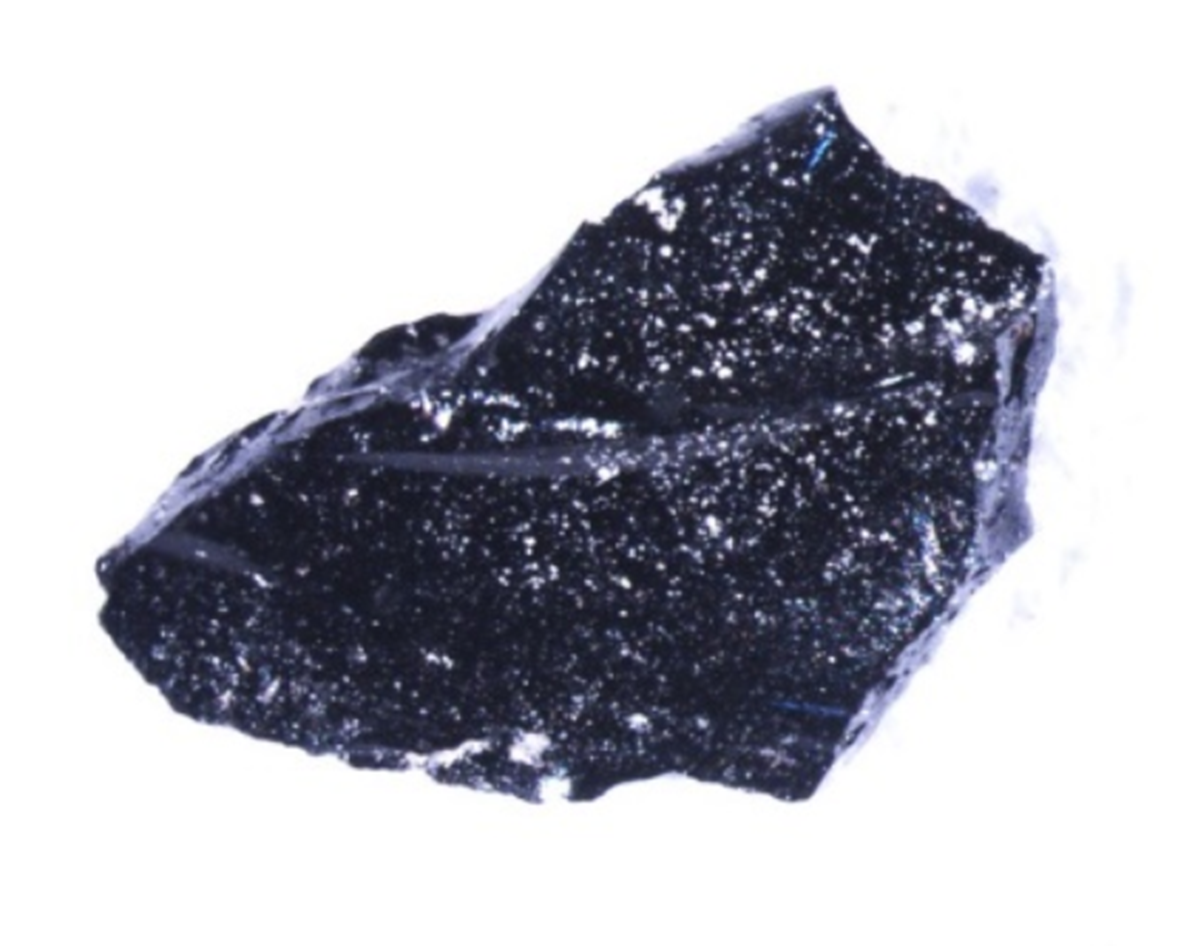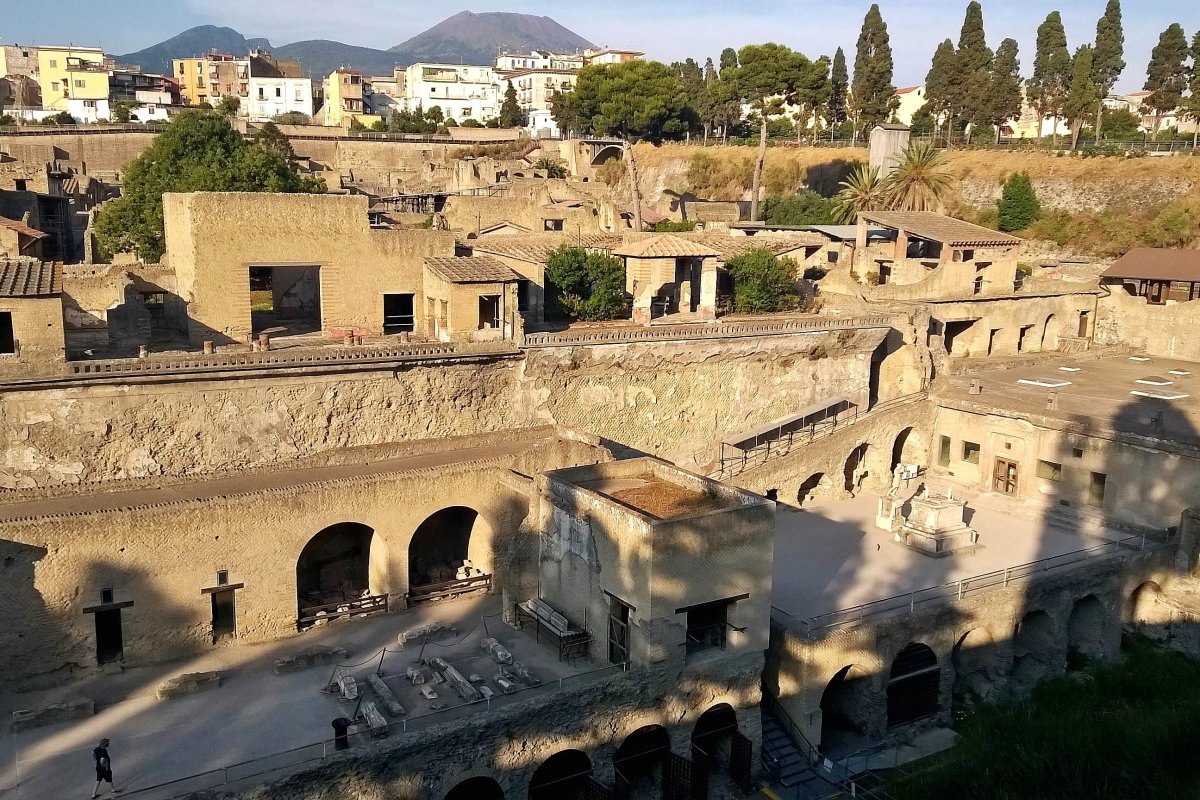An international team has made an incredible discovery. It was the result of intense heat and an ash-cloud that transformed a dark, unique glass into the fossilized brain of a Roman killed in the Mount Vesuvius eruption.
The discovery of this remarkable, horrifying artifact sheds new light on how the Vesuvius explosion affected the residents of Herculaneum. This town, located near Pompeii suffered the same fate as the people of Pompeii during AD 79.
Scientists only discovered that the glass was in his skull in 2020. Although the remains of the man were first unearthed around 1960, it is believed to have been in his 20’s. According to his location, the man may have been lying down in bed inside the “Collegium Augustalium”, a building dedicated the Imperial cult Emperor Augustus.
Pompeii, buried beneath layers of volcanic pumice and ash, was not as threatened by pyroclastic flow. The pyroclastic flows can be described as fast-moving streams of volcanic debris and hot gases.

New research reveals more nuanced information about the initial impact of Herculaneum on this eruption. Scientists propose that an ash cloud superheated prior to the pyroclastic floods was responsible for the extreme temperatures that caused the vitrification of the brain.
The argument is that this initial cloud of ash could only have created the conditions necessary: high temperatures (above 950 degrees Fahrenheit) and rapid cooling. The rapid cooling of the liquid is critical for glass formation as it prevents a crystal structure from developing.
(This is why naturally occurring glass that forms requires liquid material to cool fast enough that it doesn’t develop a crystalline structure—calling for a significant temperature difference with the surrounding environment.)
The organic glass would not have been produced by pyroclastic flows that cooled slowly, even though they were still very hot.

The study was co-authored by Professor Guido Giordano of Roma Tre University, who is a volcaniclogist and an expert on pyroclastic flow deposits. He said, “Only in the late night did the city become completely submerged under the deposits from the pyroclastic floods.” It’s a good thing. [discovery] The temperature of the fluids can make them lethal, even if they are very diluted.
The Minister stressed the significance of the findings for civil protection, noting that the recognition of the dangers even of less intense flows but with high temperatures could help inform strategies of prevention and mitigation in volcanic areas.

PierPaolo Petrone, a co-author from the University of Naples Federico II and another author, highlights the uniqueness of this discovery. “This cerebral material, which is vitrified, has not been discovered in any of the hundreds of human skeletons of Vesuvian victims of 79 AD. It’s also the only one of its kind in the entire world.”
The skull and spine column provided protection to the brain, allowing it to survive the first thermal shock. This resulted in the unique organic glass fossil brain.
Refer to the following:
Giordano, G., Pensa, A., Vona, A., Di Genova, D., Al-Mukadam, R., Romano, C., Deubener, J., Frontoni, A., & Petrone, P. (2025). A unique formation of organic glasses from a brain during the Vesuvius explosion of 79CE. Scientific Reports. https://doi.org/10.1038/s41598-025-88894-5


